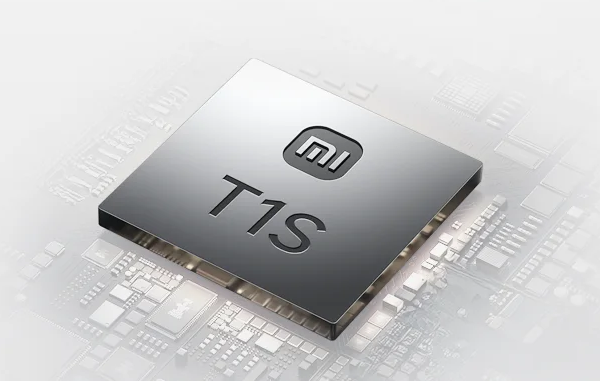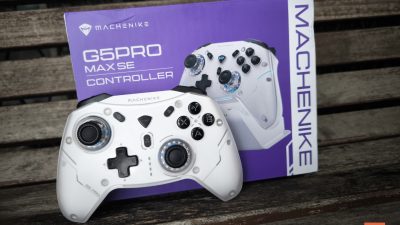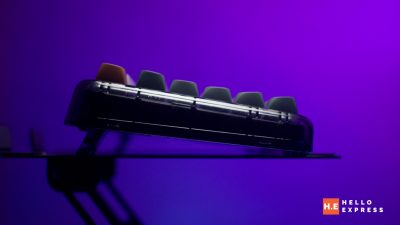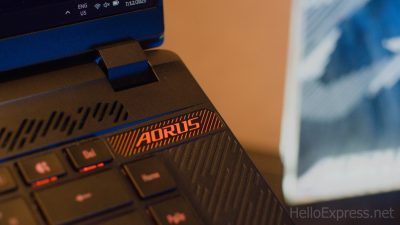
ROG Phone 8 Pro camera : Excelling, Conflicting, Polarizing
In delving into the comprehensive landscape of the ROG Phone 8 series, it comes to our attention that its dual-purpose design unveils a distinctive departure from the conventional gaming smartphone model: Focus on gaming performance and experience, forgo everything else.
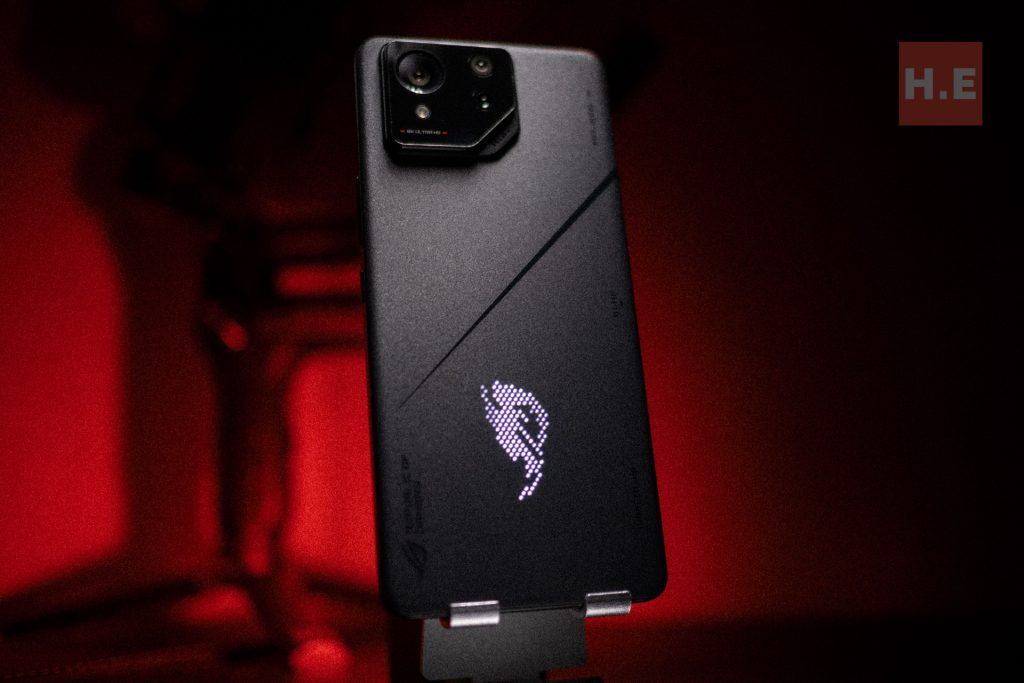
ROG Phone 8 series were a redesigned from the ground up as compared to its 6 and 7 predecessors. Now with a design language that not only houses magnificent gaming performance and experience, it also accommodates great daily lifestyle design and experience, which includes a sets of superior camera setup.

The confluence of gaming and photography within the ROG Phone 8 series prompts a complex inquiry into the synergy between hardware capabilities and the dual-purpose design ethos?
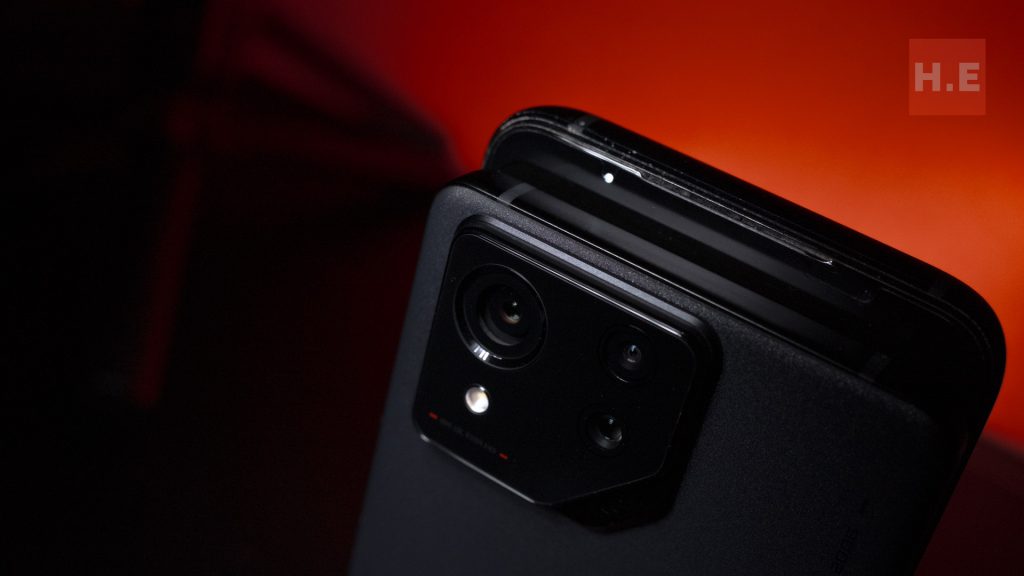
The primary question would be is the camera hardware of the ROG Phone 8 series objectively proficient, capable of delivering a photography experience commensurate with its touted specifications? Second, how does the actual photo quality derive from the device? Lastly, does the integration of advanced camera features risk diluting the immersive gaming experience that has been the hallmark of the ROG series, ensuring a seamless continuation of its unparalleled gaming legacy?
ROG Phone 8 Pro camera – Polymath Imagine
The ROG Phone 8 Pro stands as a testament to ASUS’s audacious departure from the traditional gaming smartphone paradigm, transcending its primary focus on gaming excellence. Among its notable innovations is a formidable camera system, a tri-camera setup meticulously designed to cater to both gaming enthusiasts and photography aficionados.
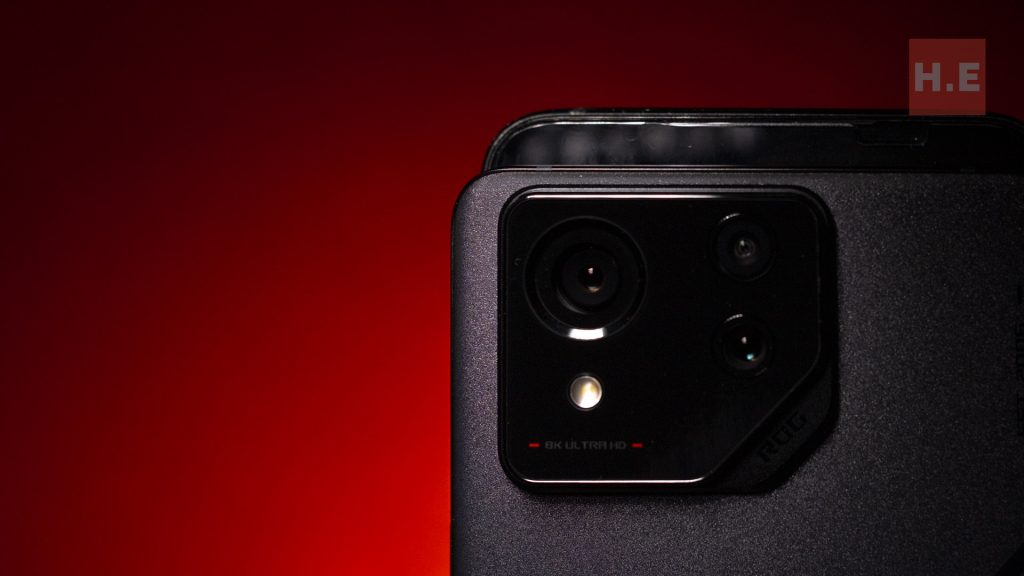
Main camera

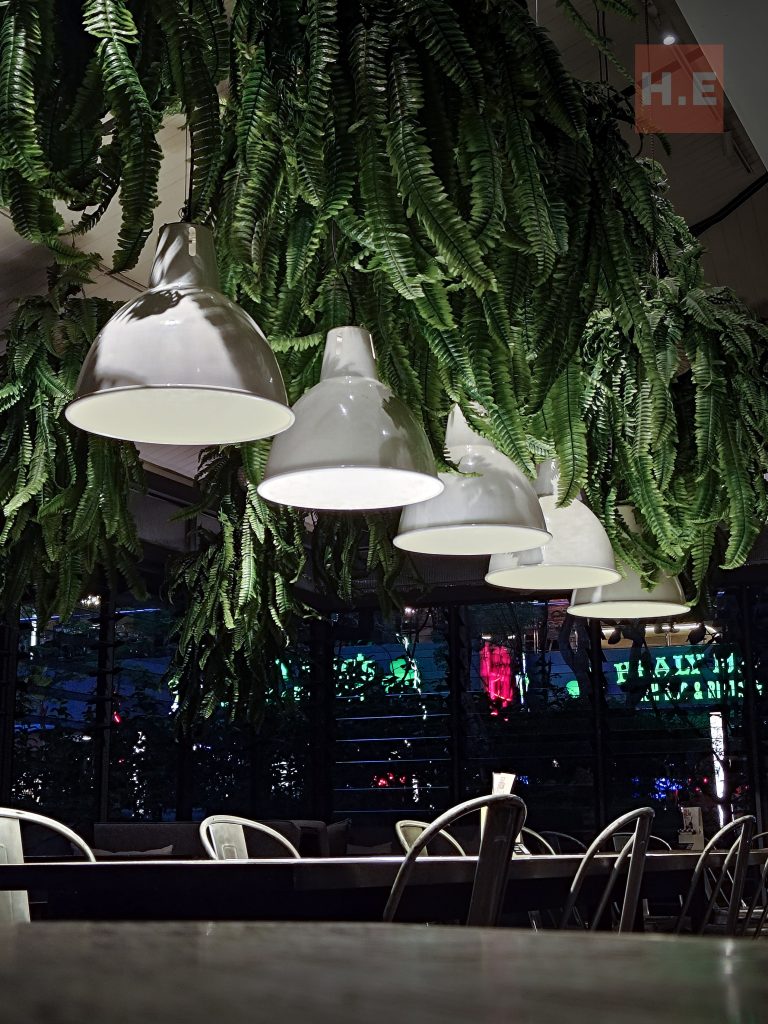
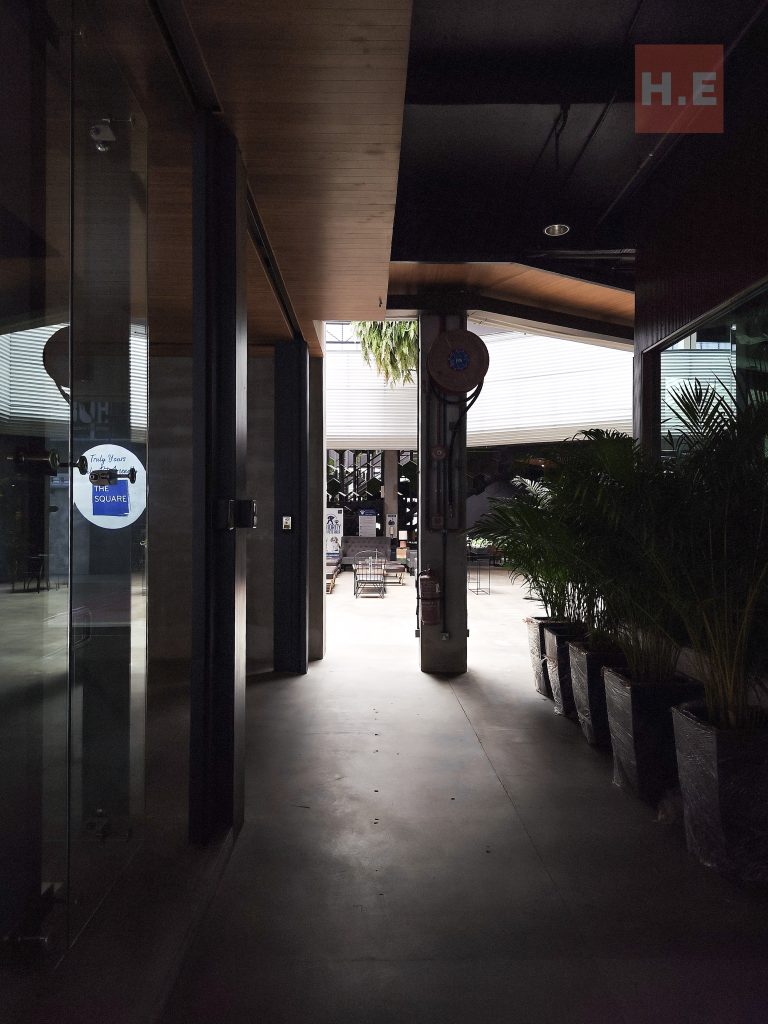
Anchored by a 50 MP IMX890 main camera, featuring a wide 24 mm^8 lens, the device excels in capturing dynamic street photography with exceptional clarity. This adaptability extends further with a lossless 2x zoom mode, transforming it into a 50 mm^8 prime lens, ideal for crafting striking portraits and culinary compositions.

The ROG Phone 8 Pro’s integration of the 6-Axis Hybrid Gimbal Stabilizer 3.0 further elevates its video stabilization capabilities, emphasizing ASUS’s commitment to providing a comprehensive and versatile mobile photography experience.
Second Camera: Close up Camera
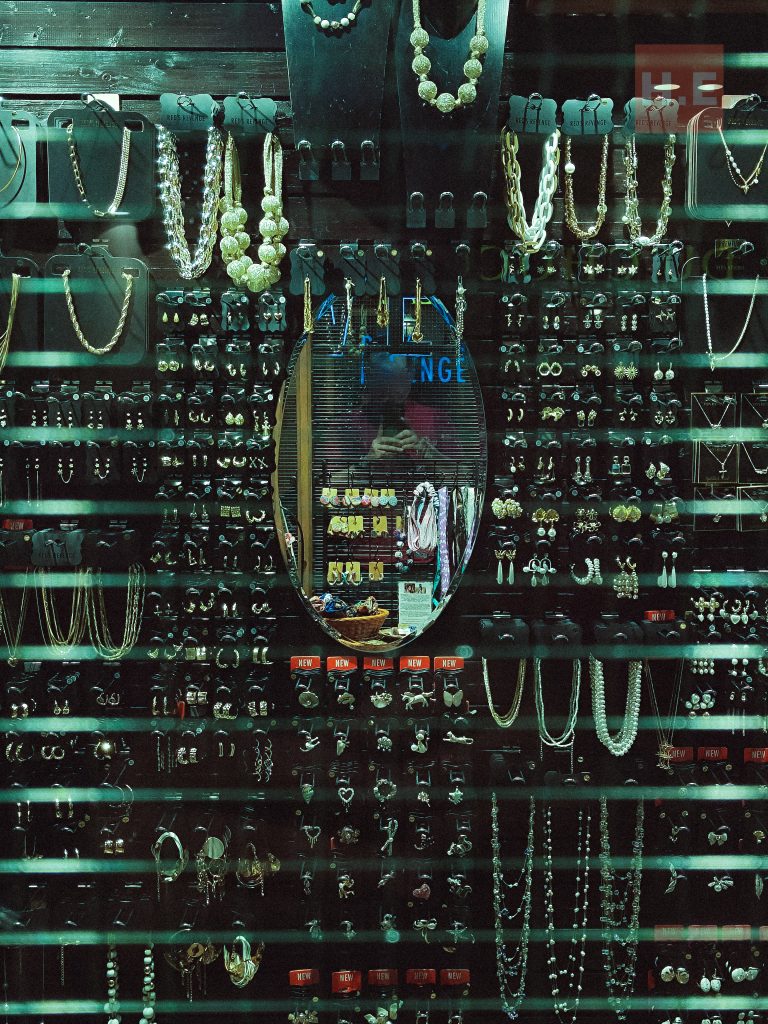


Adding to its photographic prowess is a third rear camera, boasting a 32 MP sensor with f/2.4 aperture, OIS, 3X optical zoom, and pixel binning technology, resulting in an actual output photo of 8 MP. This camera introduces a unique perspective with its 65.3mm equivalent focal length in a 35mm film camera, contributing to the device’s versatility in capturing distant subjects.
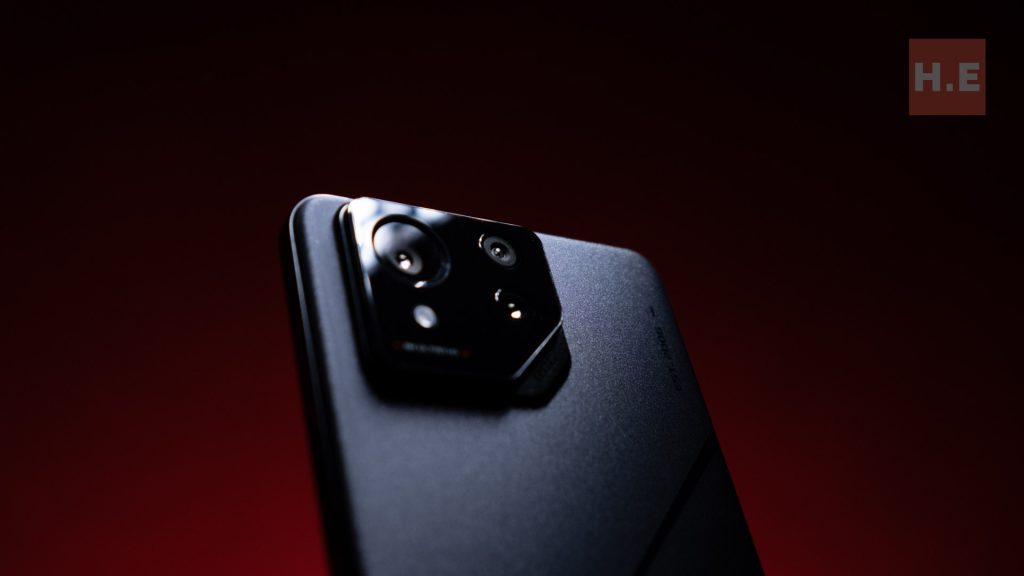
Third Camera: 13MP – Wide angle mastery


Complementing these, the second rear camera is a 13 MP ultrawide-angle lens with a 120° field of view, featuring a free-form lens design for minimized distortion and a 12.7mm equivalent focal length in a 35mm film camera.
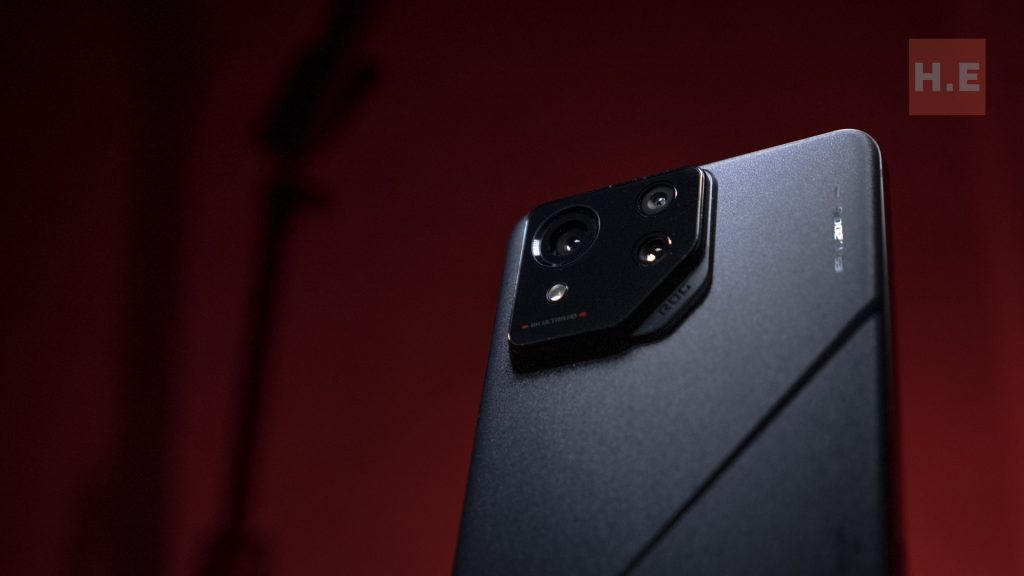
The Good
The ROG Phone 8 Pro excels in its optic setup, delivering sharp images across all three cameras. The combination of high pixel count and excellent dynamic range provides ample room for editing, making the device a formidable tool for photography enthusiasts.

The effectiveness of Optical Image Stabilization (OIS) and Electronic Image Stabilization (EIS) shines, particularly in low-light conditions, where they collaborate to offer a smoother photography experience.
The Bad

A noticeable downside emerges in the form of over-processing evident in most images. However, this can be mitigated through in-phone settings or post-processing in applications like Adobe Lightroom. While the over-processed aesthetic may not appeal to everyone, it might cater to those seeking a distinct visual style, allowing for customization within the device’s settings or through external editing software.
ROG Phone 8 Pro camera Conclusion: Balancing Innovation and Identity
The ROG Phone 8 Pro’s camera system, is a testament to ASUS’s commitment to pushing the boundaries of a gaming-centric device to the next phase. In terms of actual photo quality, the ROG Phone 8 Pro proves to be a capable contender, delivering sharp images with an excellent dynamic range across its three cameras.
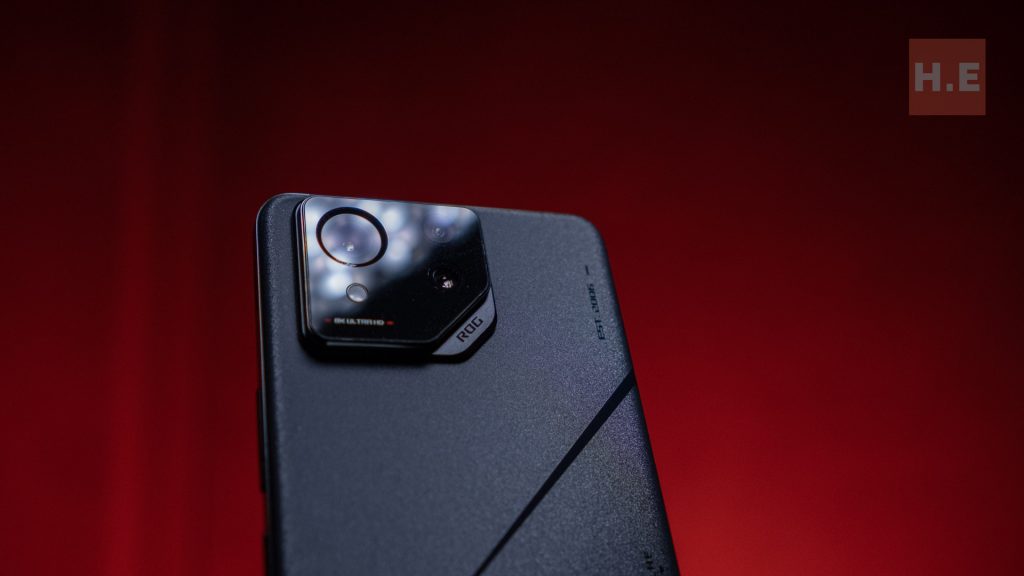
The pixel-rich main camera, combined with effective stabilization features, offers ample room for editing and customization. However, the images tend to lean towards an over-processed aesthetic, a characteristic that might resonate with some users seeking a distinct visual style. This could be tuned within the device’s settings or addressed in post-processing, offering flexibility to users based on their preferences.

The integration of advanced photography features does not appear to dilute the gaming experience significantly. ASUS has navigated the delicate balance between gaming excellence and photographic sophistication harmoniously. The ROG Phone 8 Pro’s identity as a gaming phone remains intact, now enhanced by the versatility of its camera system. While the pro camera setup may not align with the traditional gaming phone ethos, they open up new avenues for users seeking a device that seamlessly transitions between immersive gaming and high-quality photography.

Further reading:
ROG Phone 8 Series, blending lifestyle and gaming
ROG Phone 8 Pro
ROG Phone 8 Pro's pro camera setup may not align with the traditional gaming phone ethos, they open up new avenues for users seeking a device that seamlessly transitions between immersive gaming and high-quality photography.
Positive
- All 3 camera have great optic setup result in sharp images
- Image have good dynamic range + high pixel give the image great editing room.
- OIS and EIS works well given low light photography easier time
Negative
- Image can be over processed





